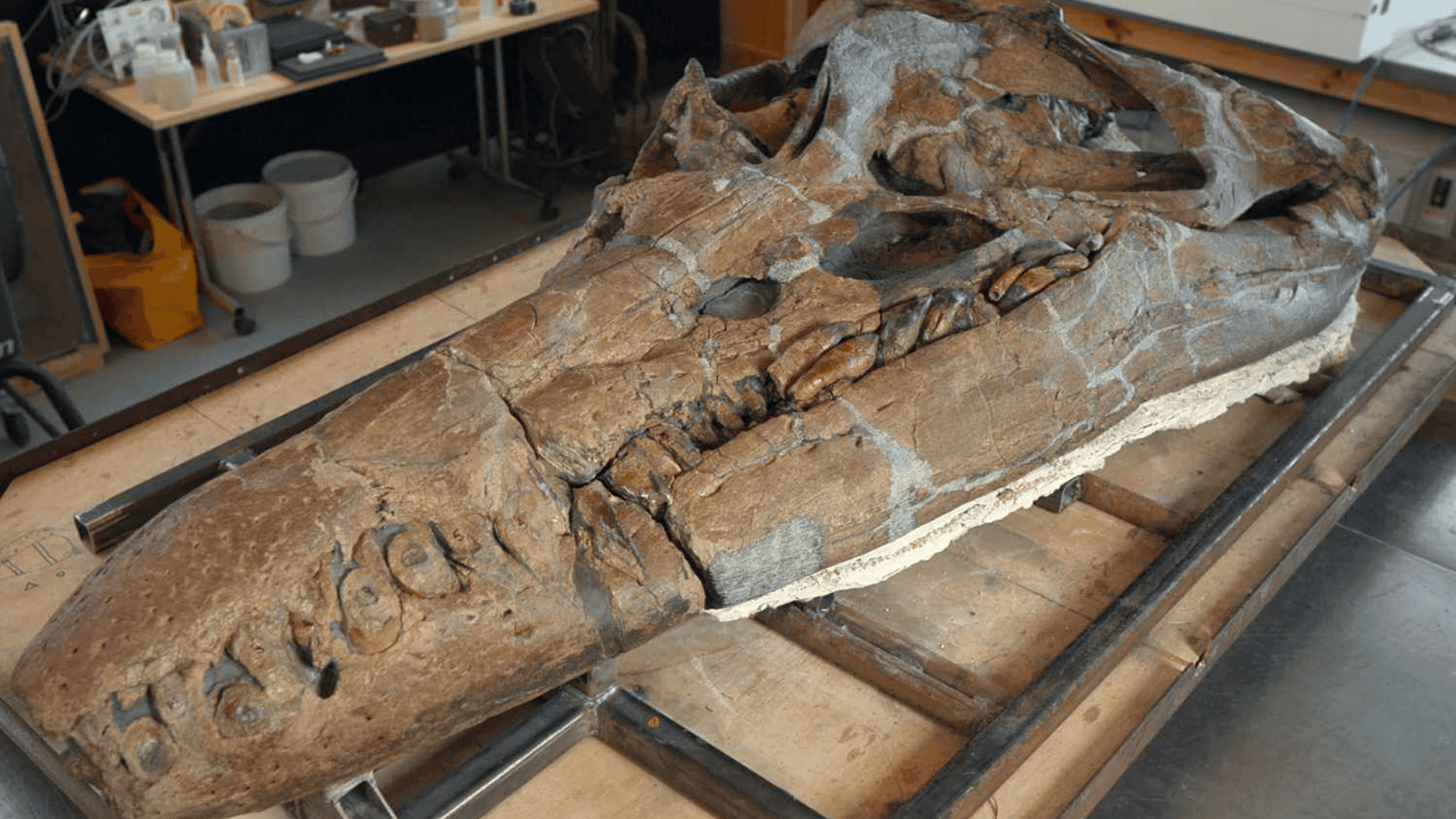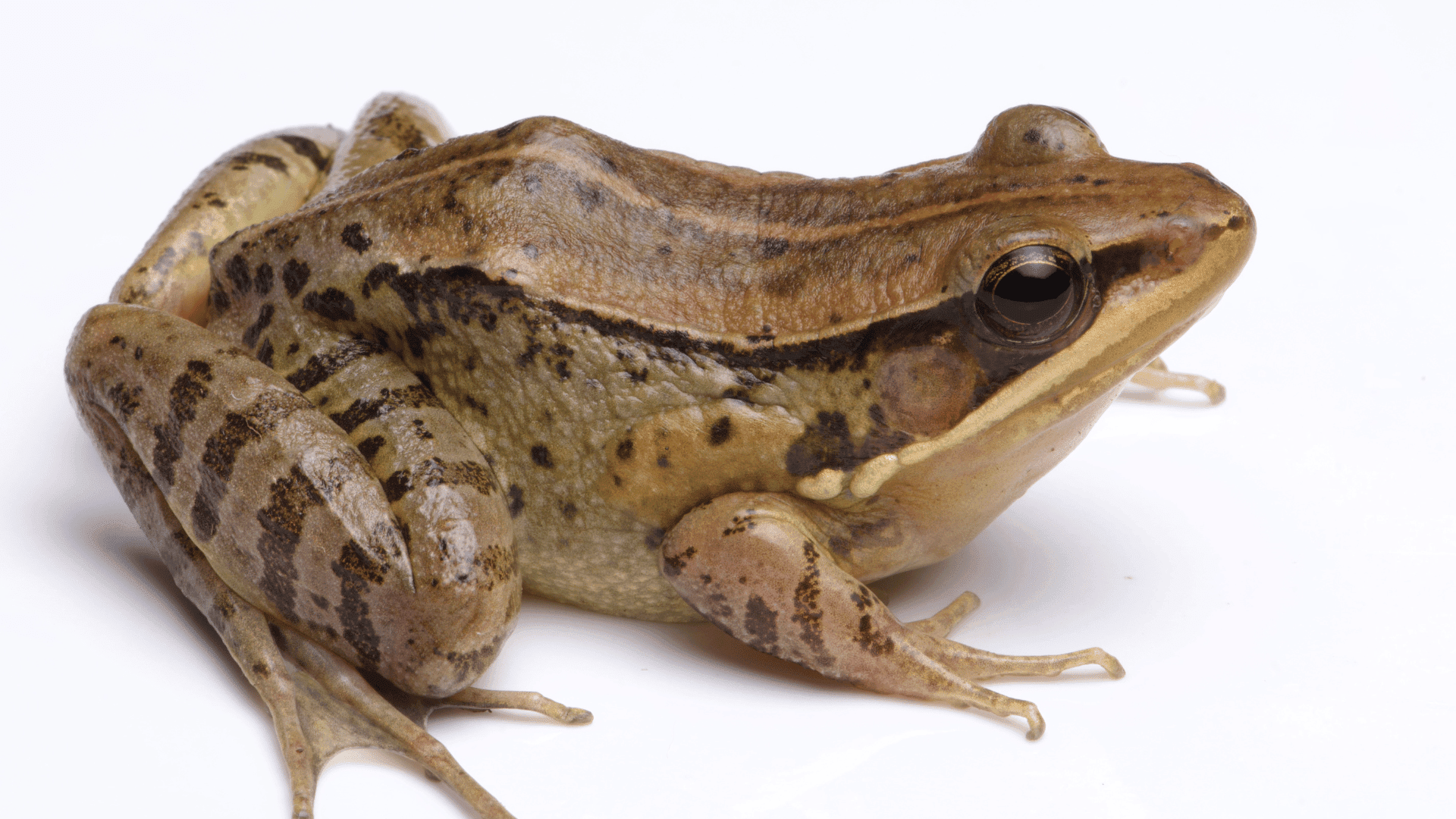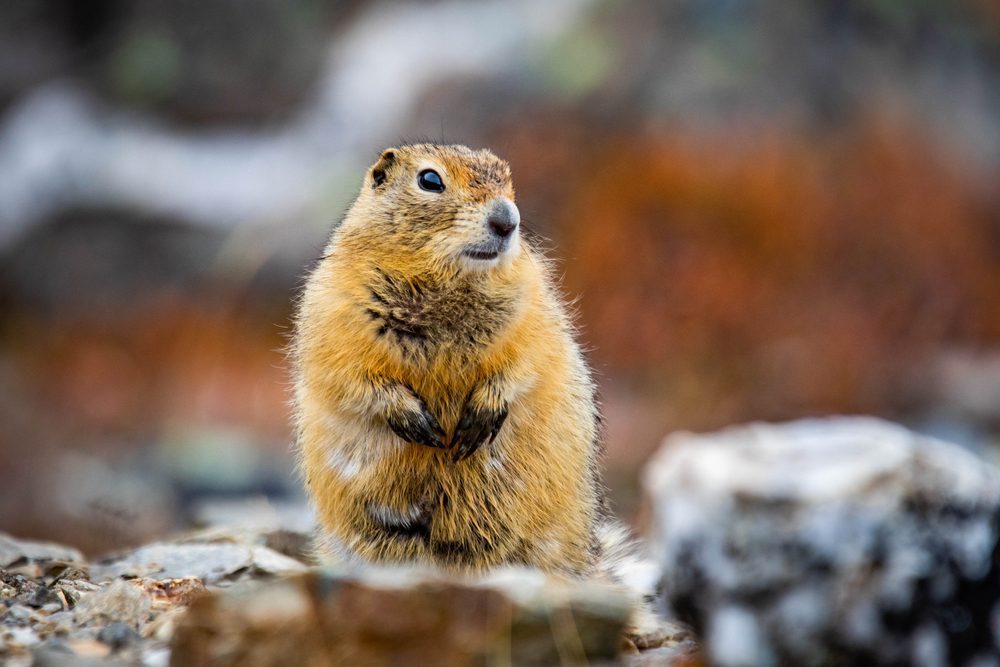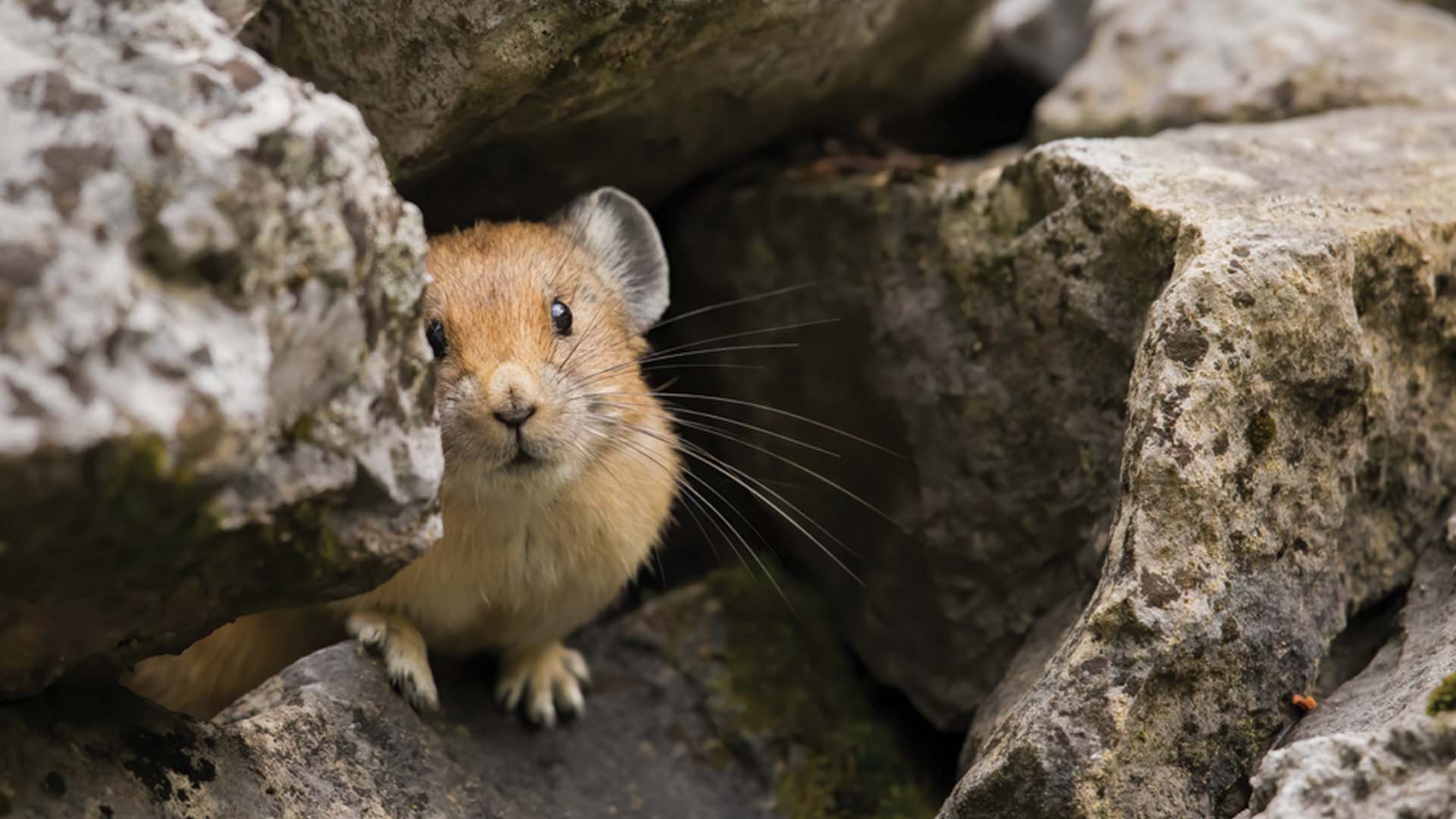Researchers at the National Museum of Natural History recently identified five new species of Gymnures, also known as soft-furred hedgehogs, from Southeast Asia.
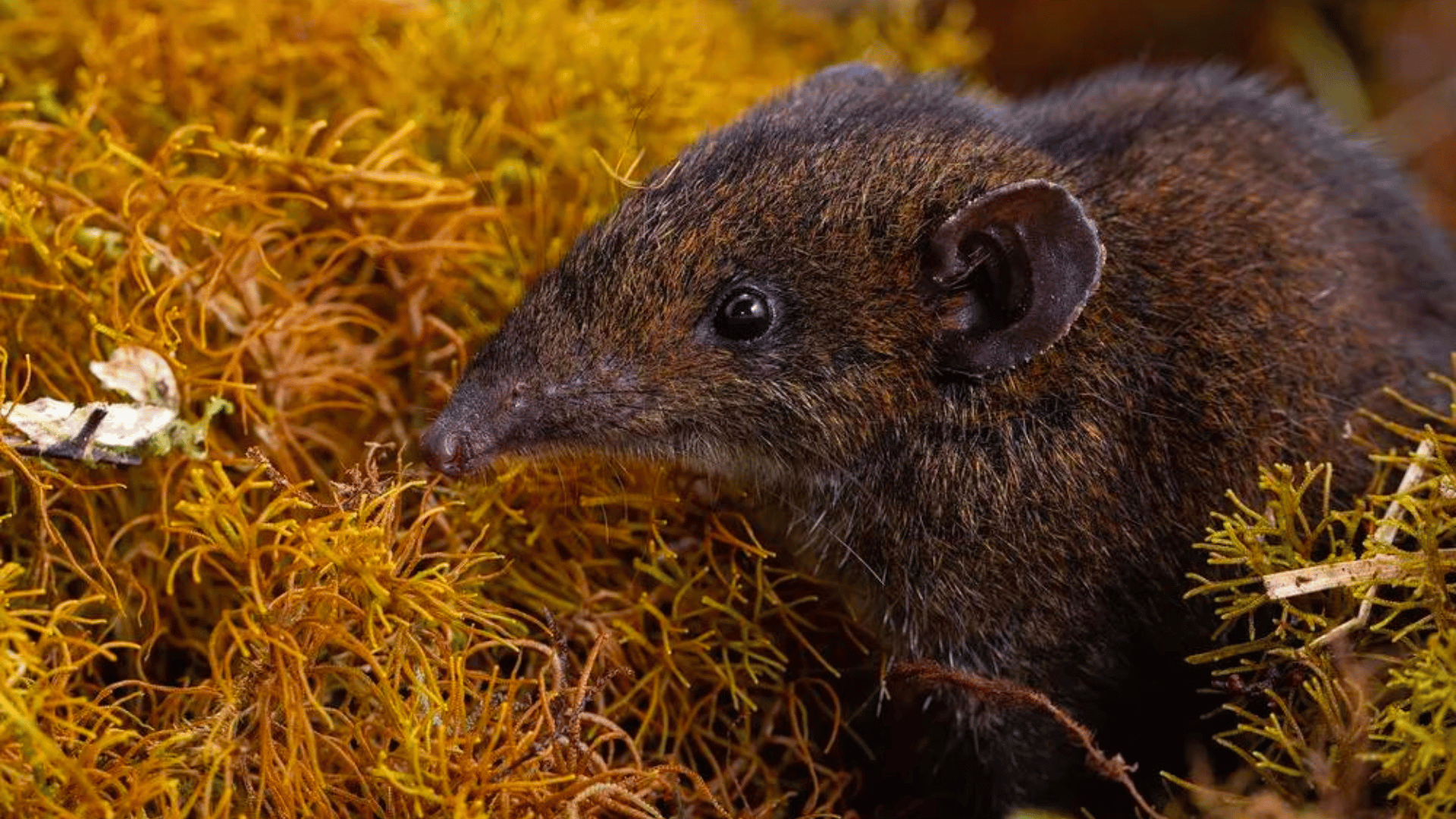
Three of the new species, which resemble shrews, were elevated from their previous subspecies level. The other two species, Hylomys vorax and Hylomys macarong, are entirely new to science despite spending decades in museum collections.
“We were expecting that some of the subspecies would be given species level recognition,” said Arlo Hinckley, the lead author of a Zoological Journal of the Linnean Society paper describing the new hedgehog species and a postdoctoral researcher in the museum’s department of vertebrate zoology. “But the surprise was finding these two entirely new species that we didn’t expect.”
Though mammals are a generally well-studied group of animals, it can be common to discover new species among smaller, less colorful animals. One of the places to find them is in the cabinets and drawers of large museum collections.
“Proportionately, there’s less study into the things we call small mammals – rodents, bats, shrews – that you don’t often see,” said Melissa Hawkins, the museum’s curator of mammals. “There’s a lot more discoveries to reveal from these museum collections.”
The two entirely new gymnure species were identified in the collections of NMNH and the Academy of Natural Sciences of Drexel University in Philadelphia. The H. macarong specimen was collected from Vietnam 62 years ago while the H. vorax specimen was collected from Indonesia 84 years ago.
Hinckley reviewed the field notes from mammalogist Frederick Ulmer, who originally found the museum’s H. vorax specimens in 1939, which detailed important ecological information about this species such as a depiction of its habitat and the other species living there.
Explore Tomorrow's World from your inbox
Get the latest science, technology, and sustainability content delivered to your inbox.
I understand that by providing my email address, I agree to receive emails from Tomorrow's World Today. I understand that I may opt out of receiving such communications at any time.
Museum specimens can also provide DNA information, allowing researchers to extract crucial genetic material thanks to the advances in DNA sequencing technologies.
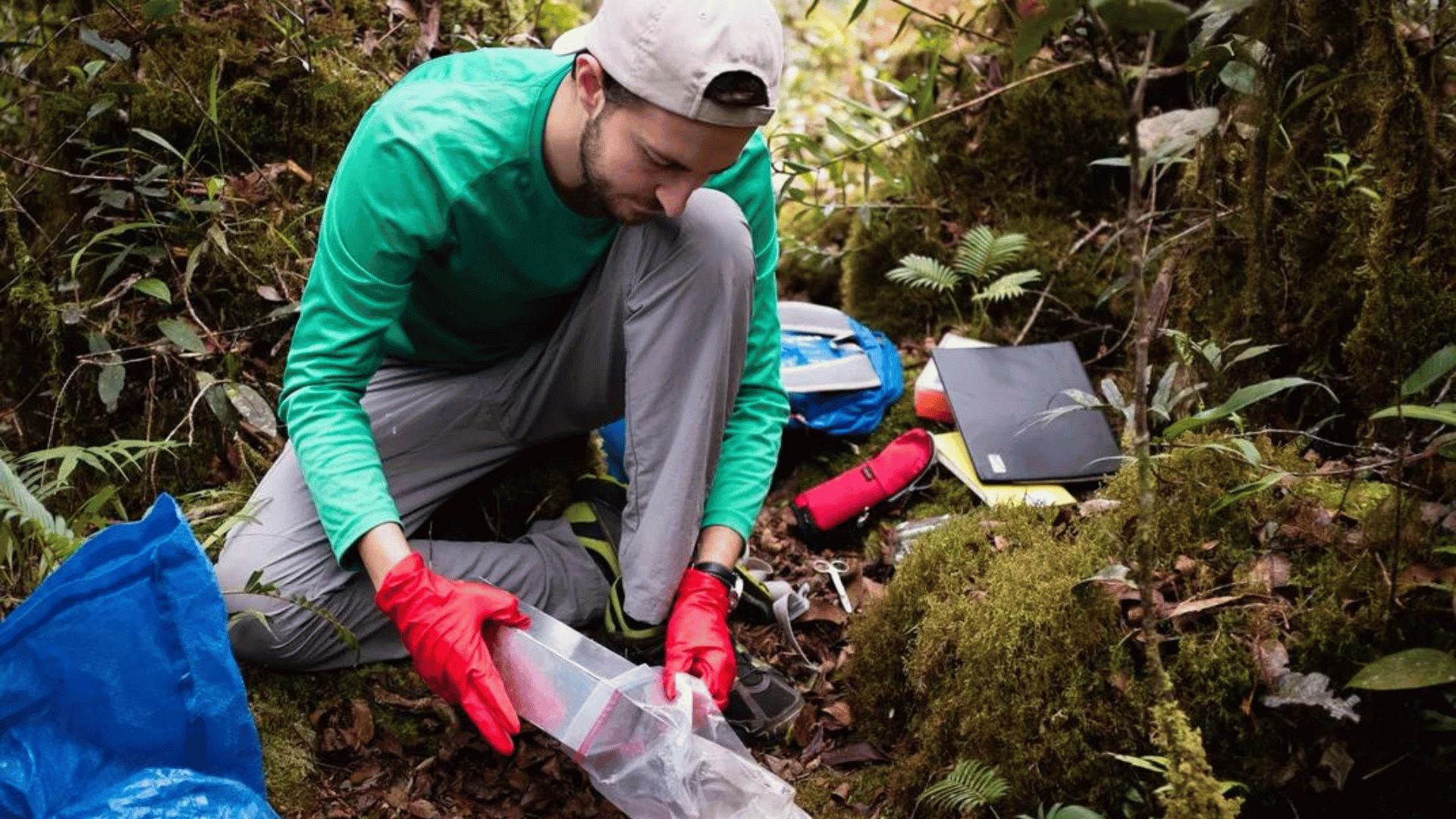
Although extracting DNA from these specimens is possible, it can also prove extremely difficult as the samples are often degraded. The double-helix structure can break down due to UV light exposure, contamination from coming into contact with other sources of DNA, and the passage of time.
“It’s really much more of a needle in a haystack approach as opposed to nice, fresh tissue where you can do one lab technique and get every marker you want,” Hawkins said. “We have to sequence these a lot deeper and do more target work to get the molecules of DNA we want.”
In addition to highlighting the importance of preserving these museum collections, the discovery could also spotlight the importance of conserving certain environmental regions.
“When you describe a species, I think it’s a bit like when a gallery gets a Picasso, or when a city discovers a new archaeological site,” Hinckley said. “In this case, it’s an endemic species that is the product of millions of years of evolution. Like a piece of art, I think it hopefully will bring value to conserving that region.”



